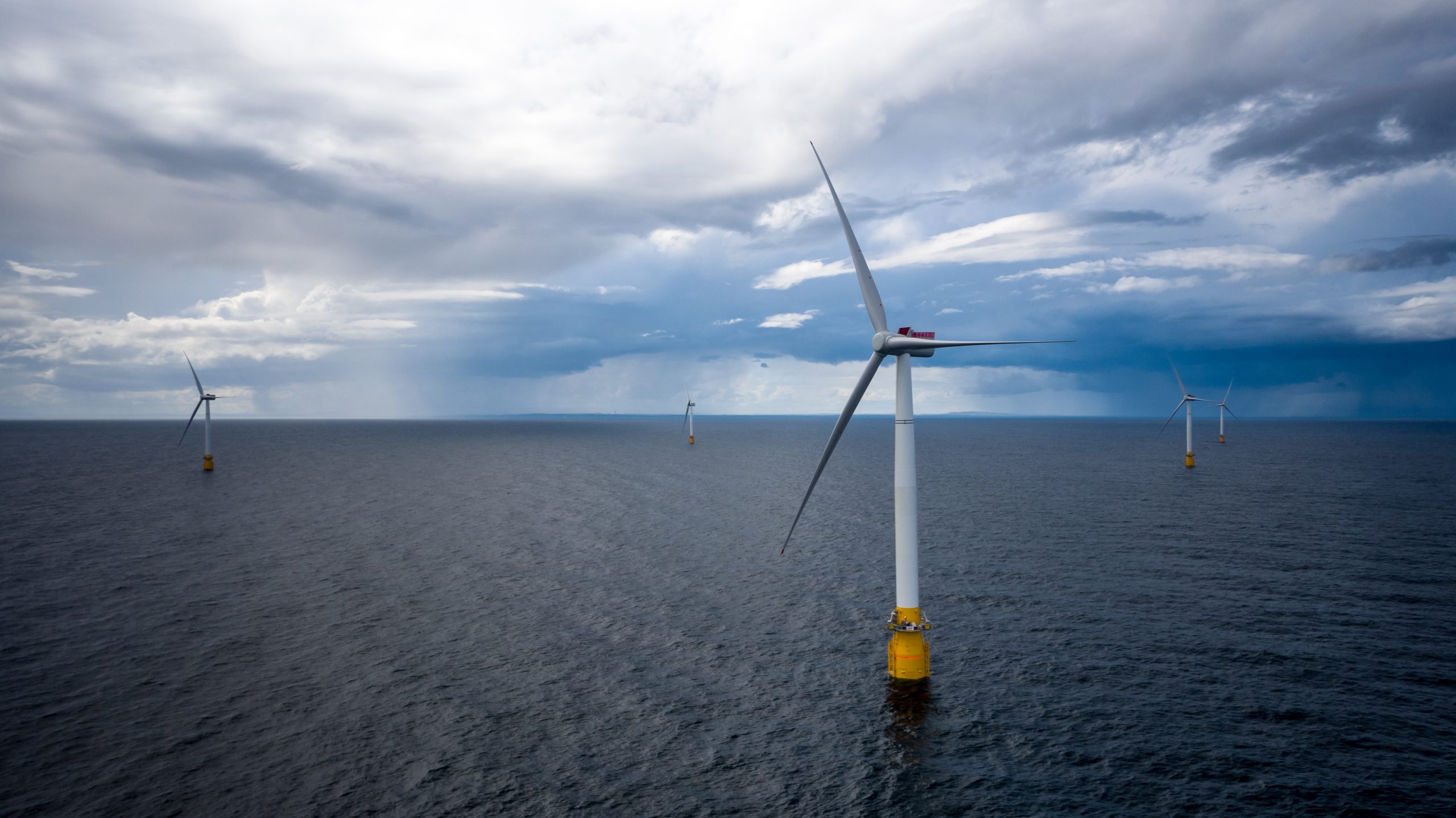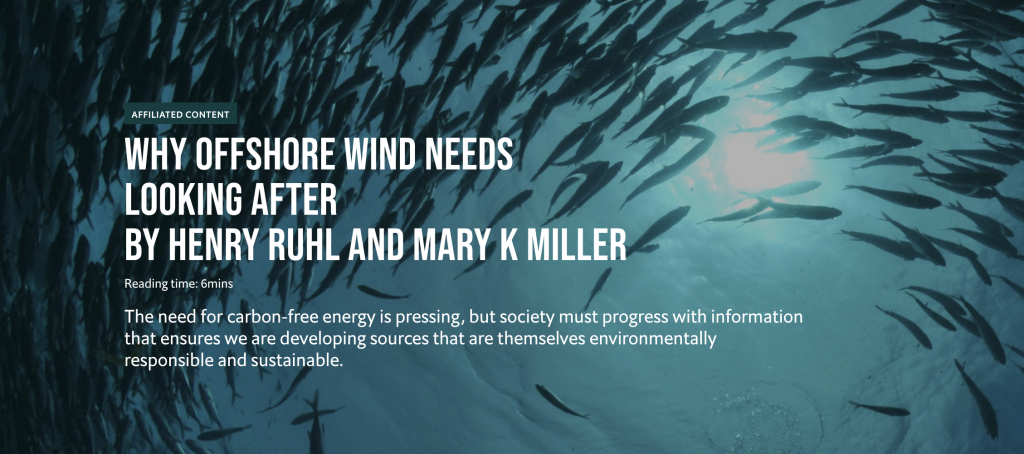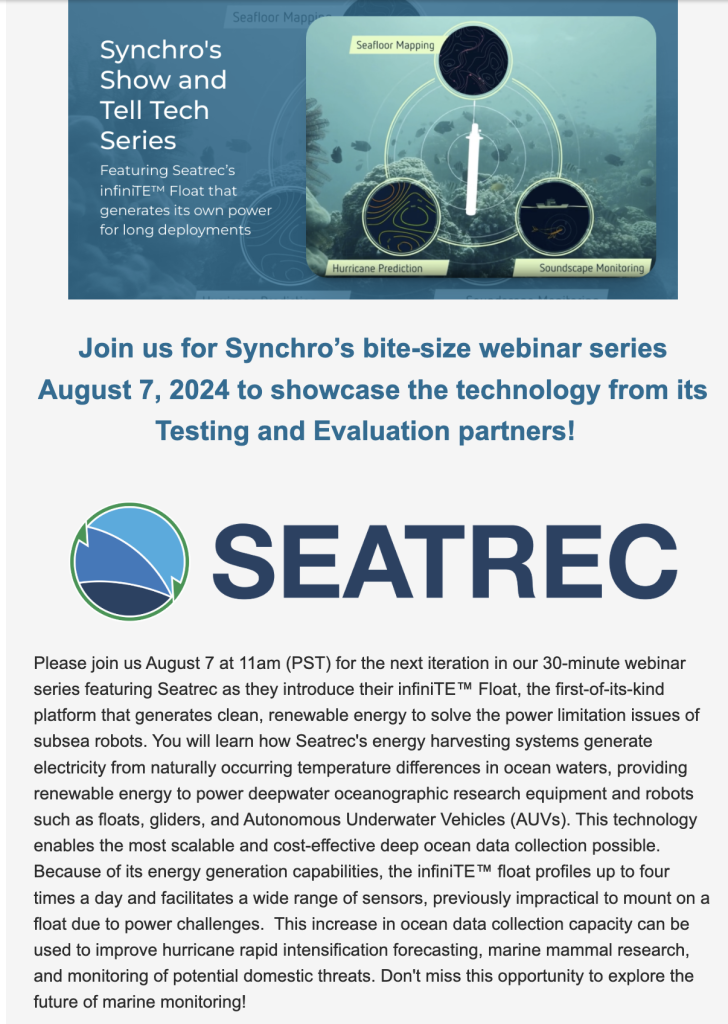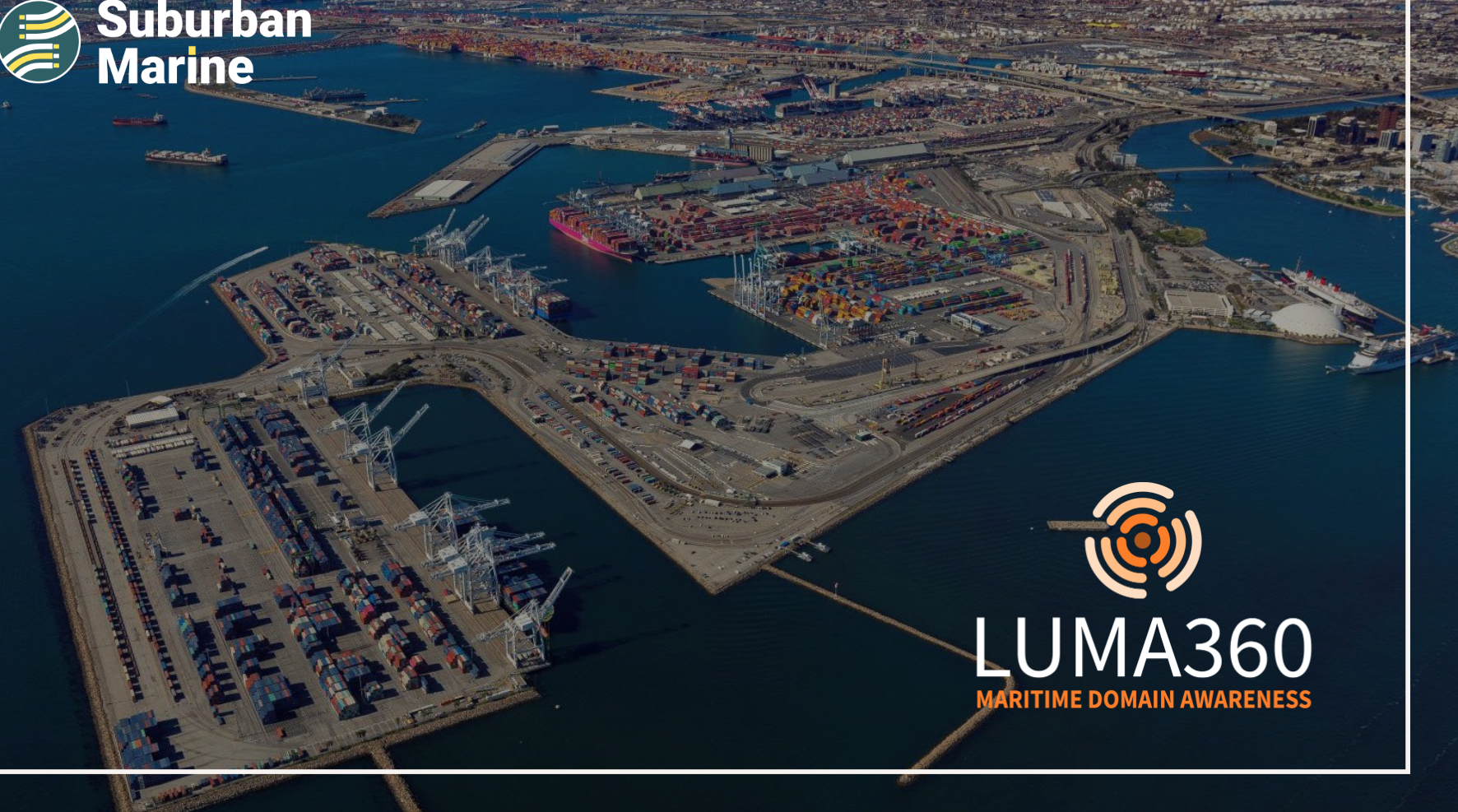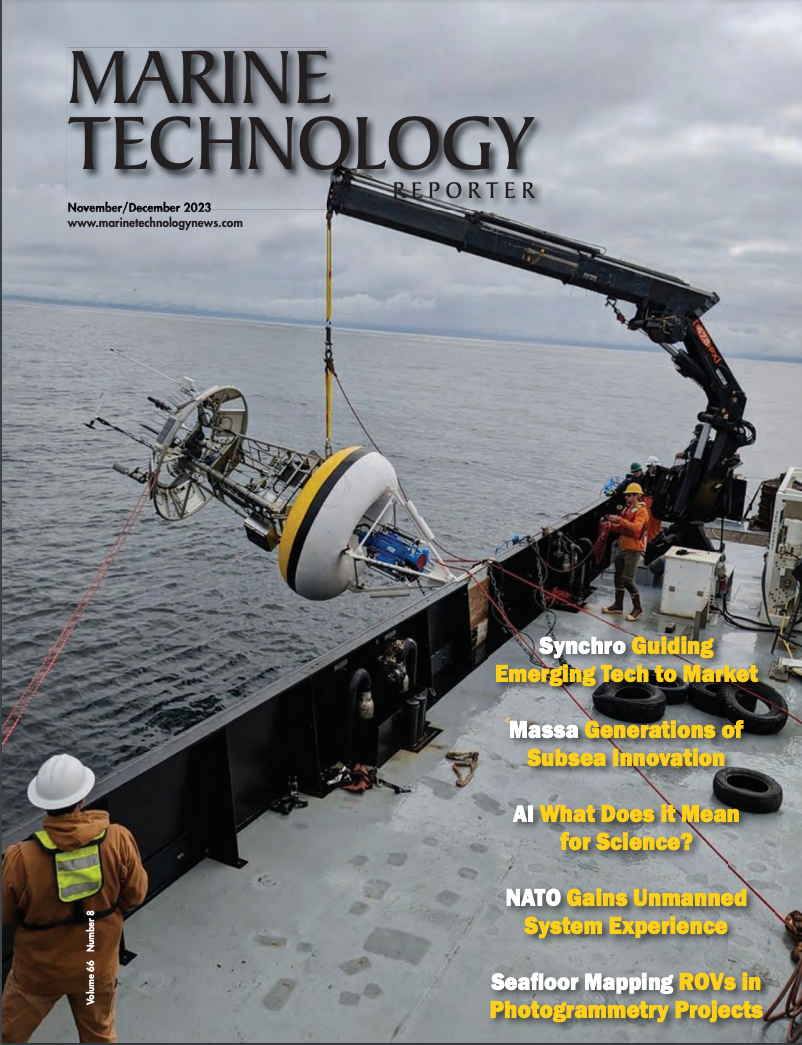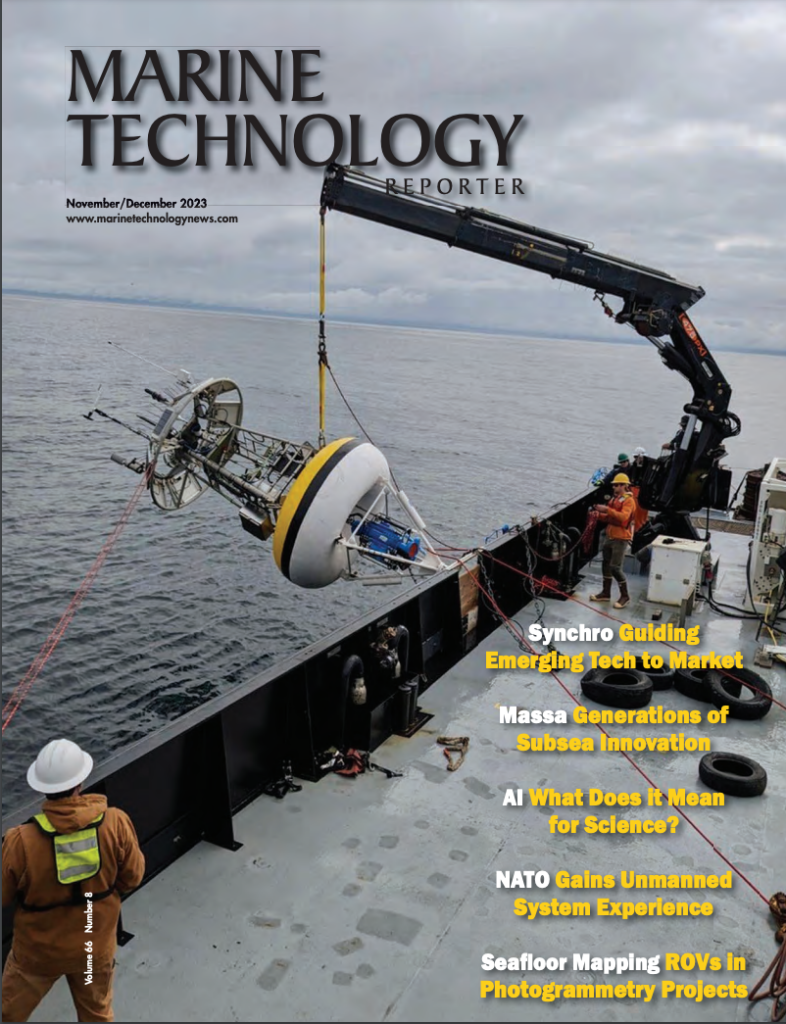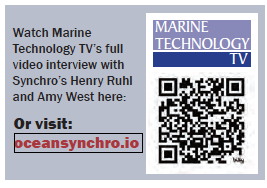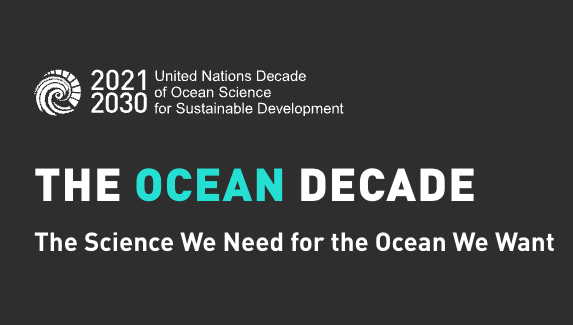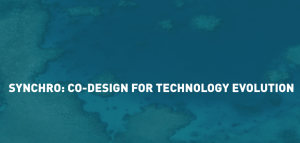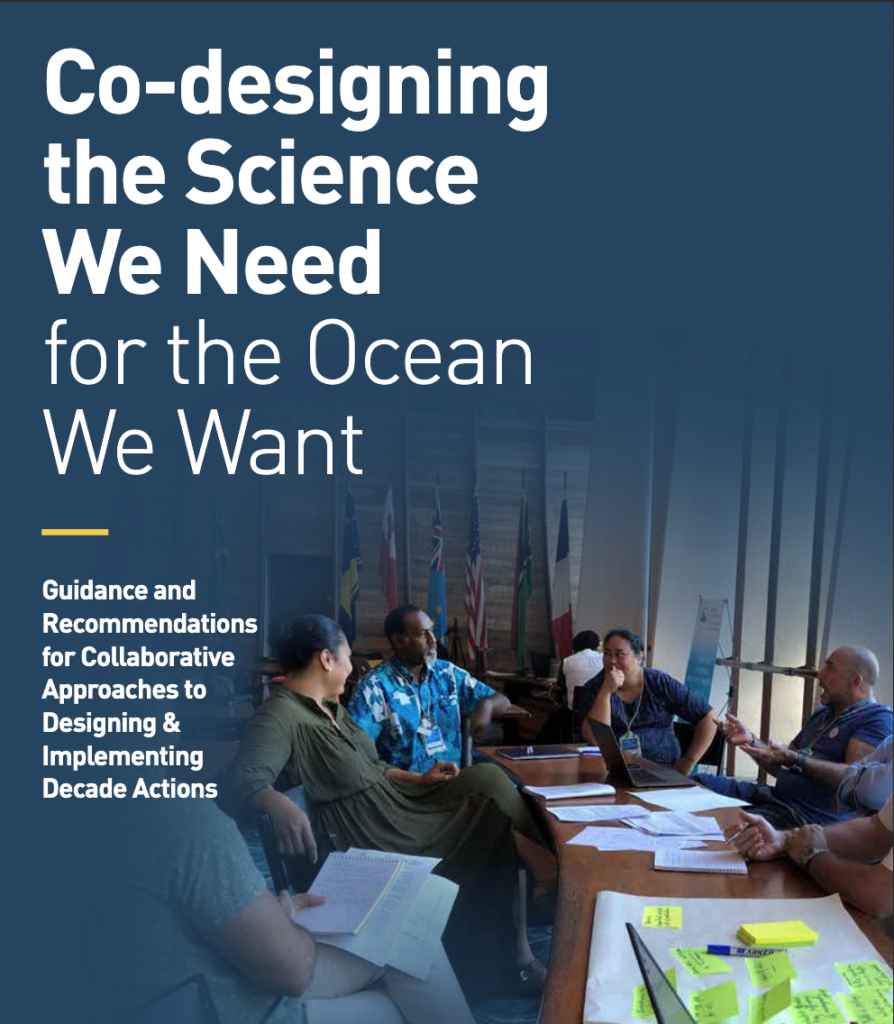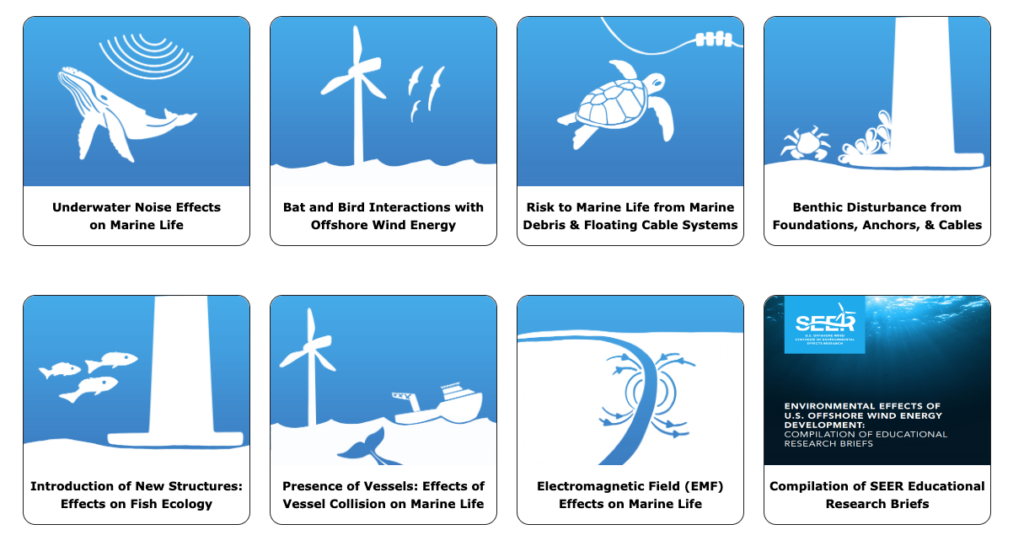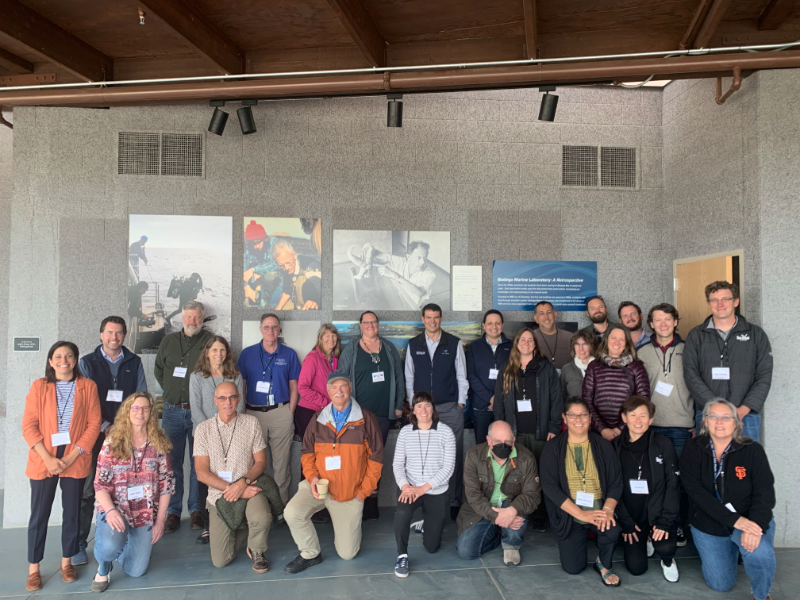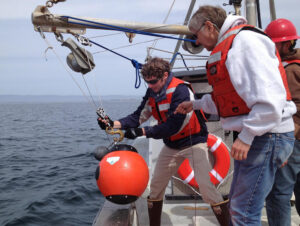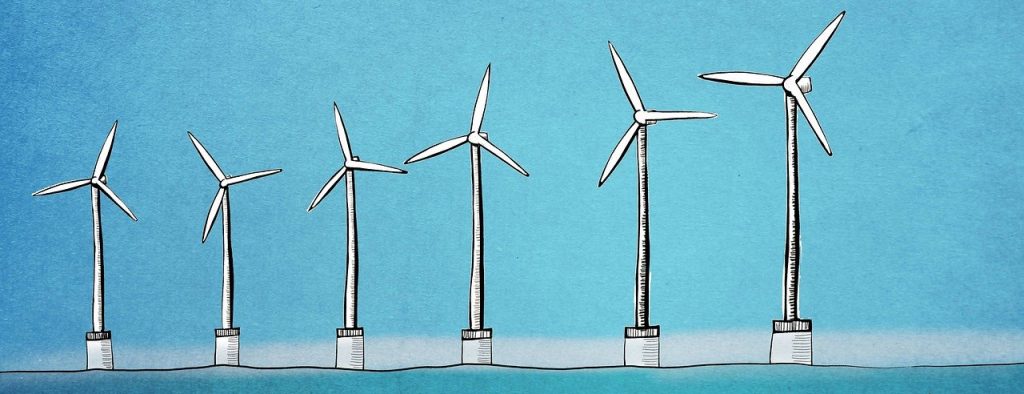 “The ocean and its ecosystems are facing unprecedented challenges from climate change which is heating both land and sea to record levels. According to NOAA research forecasts, 40% of the global ocean is experiencing marine heatwave conditions and that figure is expected to remain high through the end of 2023. These anomalously warm ocean temperatures have significant impacts on marine life and coastal communities and economies, bleaching coral reefs, creating conditions that can favor harmful algal blooms and decreasing the productivity of cold water ecosystems like those off California and other upwelling zones that harbor whales, salmon and lush kelp forests. Continued observational monitoring helps marine managers and researchers understand and mitigate climate impacts on marine life, but ocean data is also critical when looking to the ocean for climate solutions, including offshore wind and other technologies to generate renewable ocean energy….”
“The ocean and its ecosystems are facing unprecedented challenges from climate change which is heating both land and sea to record levels. According to NOAA research forecasts, 40% of the global ocean is experiencing marine heatwave conditions and that figure is expected to remain high through the end of 2023. These anomalously warm ocean temperatures have significant impacts on marine life and coastal communities and economies, bleaching coral reefs, creating conditions that can favor harmful algal blooms and decreasing the productivity of cold water ecosystems like those off California and other upwelling zones that harbor whales, salmon and lush kelp forests. Continued observational monitoring helps marine managers and researchers understand and mitigate climate impacts on marine life, but ocean data is also critical when looking to the ocean for climate solutions, including offshore wind and other technologies to generate renewable ocean energy….”
To read the rest of Synchro’s take on monitoring offshore wind please click below for our blog in the Economist Impact Back to Blue series:


